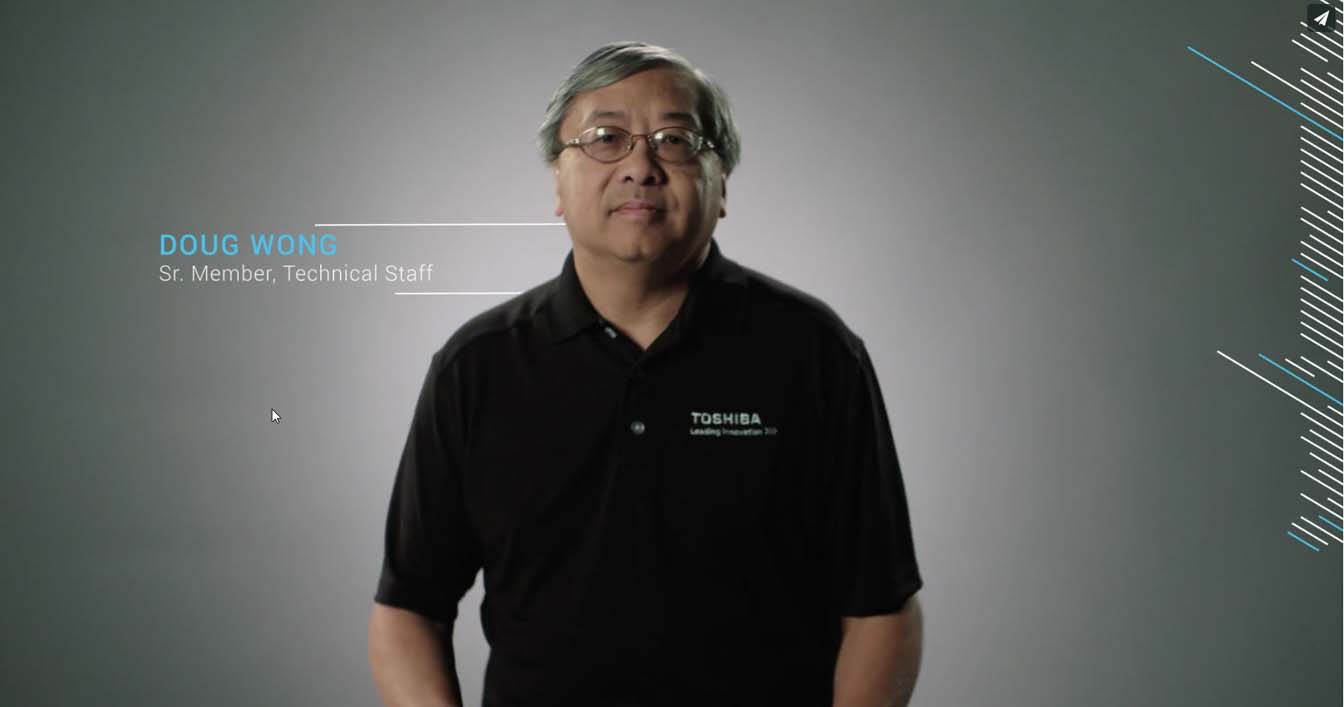
Why is the industry moving to 3D flash memory? High densities and lower cost per bit are two of the big reasons that designers are turning to our BiCS FLASH™ 3D flash memory as the storage answer for their large capacity applications. Other ways in which BiCS FLASH is superior to 2D, planar floating gate technology include:
- Higher density, performance and endurance
- Better power efficiency
- Improved reliability
- Larger charge trap region enables storage of more charge
- Up to 3 and 4 bits per cell (TLC and QLC, respectively)
- Reduced chip size
All of these add up to create a powerful memory solution that pushes the boundaries of capacity and meets diverse market needs. Learn more about the past, present and future of BiCS FLASH here: http://www.toshiba.com/tma/technologymoves/design-insights.jsp
Notes:
Definition of capacity: Toshiba defines a Gigabit (Gb) as 1,000,000,000 bits, a megabyte (MB) as 1,000,000 bytes, a gigabyte (GB) as 1,000,000,000 bytes and a terabyte (TB) as 1,000,000,000,000 bytes. A computer operating system, however, reports storage capacity using powers of 2 for the definition of 1GB =2^30= 1,073,741,824 bytes and therefore shows less storage capacity. Available storage capacity (including examples of various media files) will vary based on file size, formatting, settings, software and operating system, such as Microsoft Operating System and/or pre-installed software applications, or media content. Actual formatted capacity may vary. All company names, product names and service names may be trademarks of their respective companies.
All company names, product names and service names may be trademarks of their respective companies.
Disclaimer
The views and opinions expressed in this blog are those of the author(s) and do not necessarily reflect those of KIOXIA America, Inc.